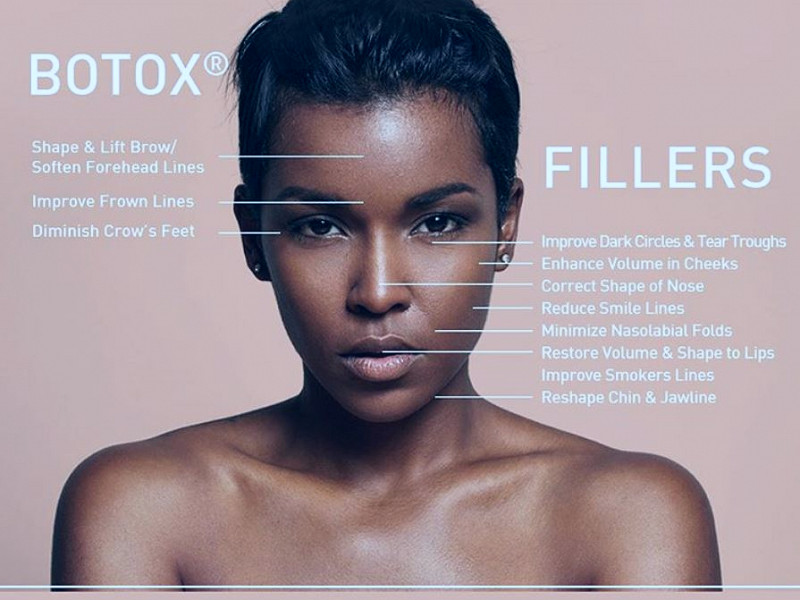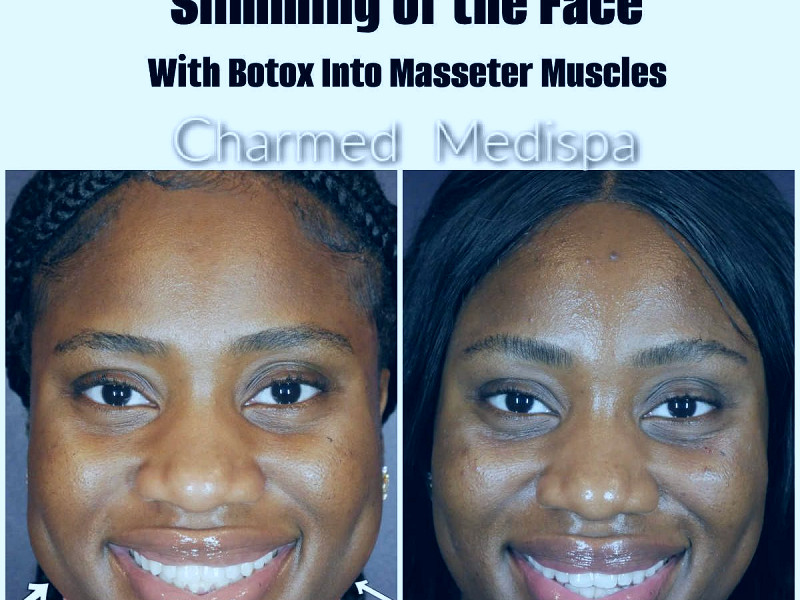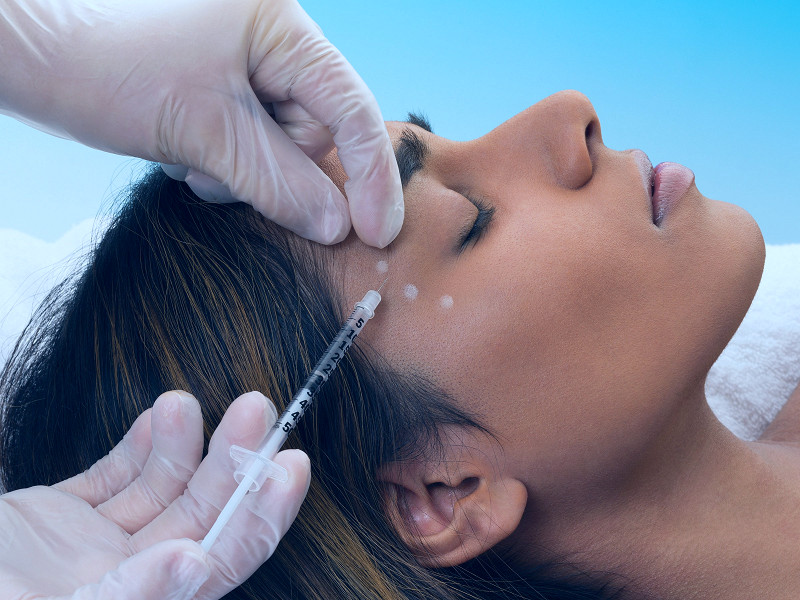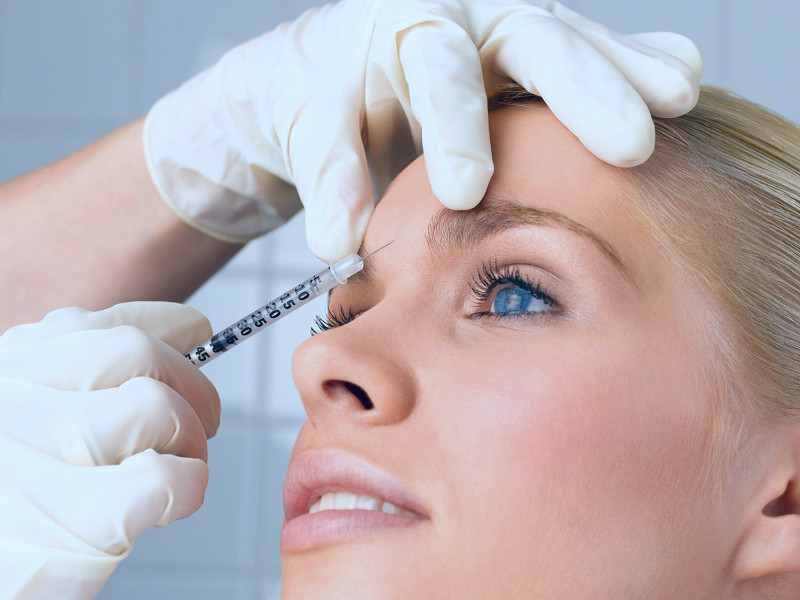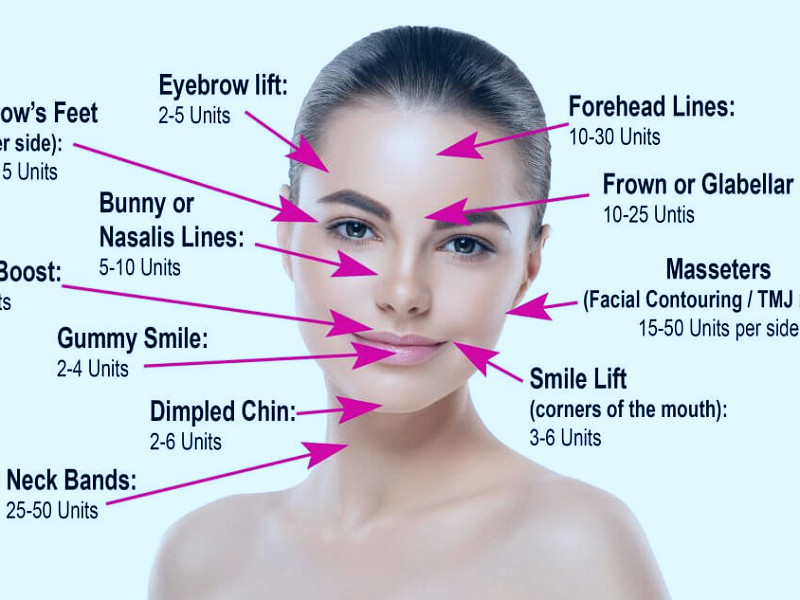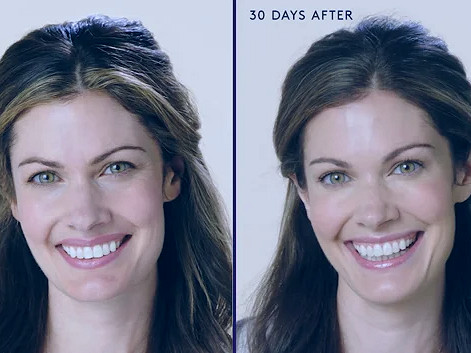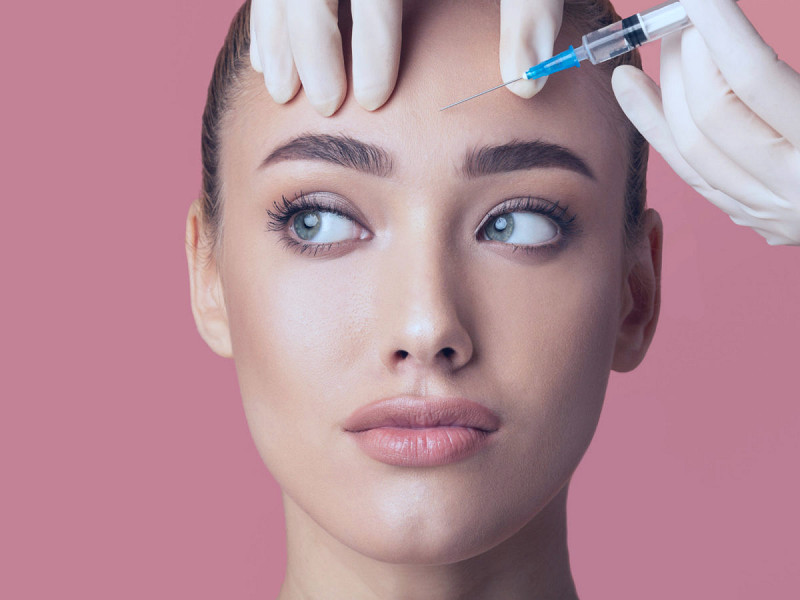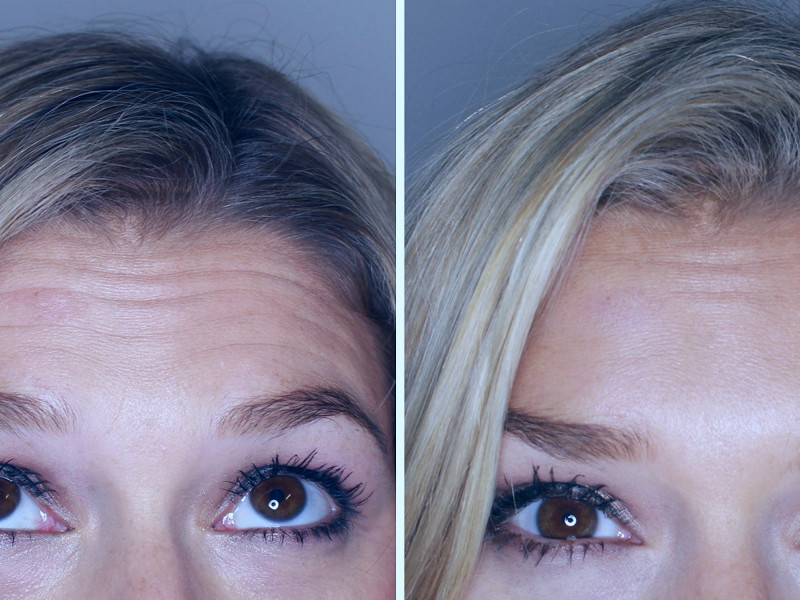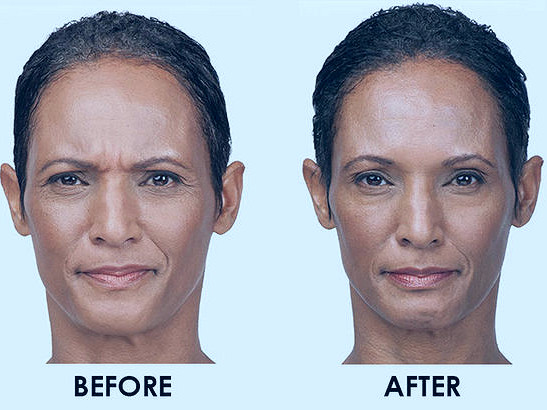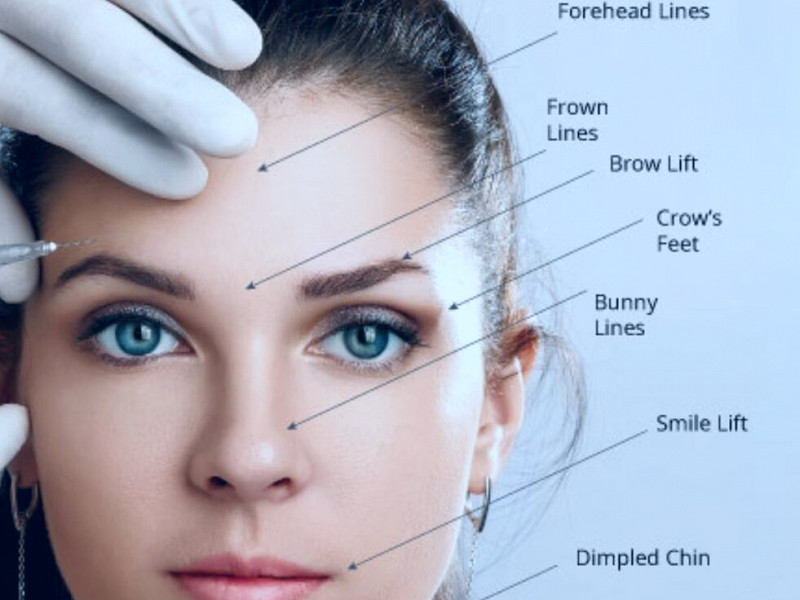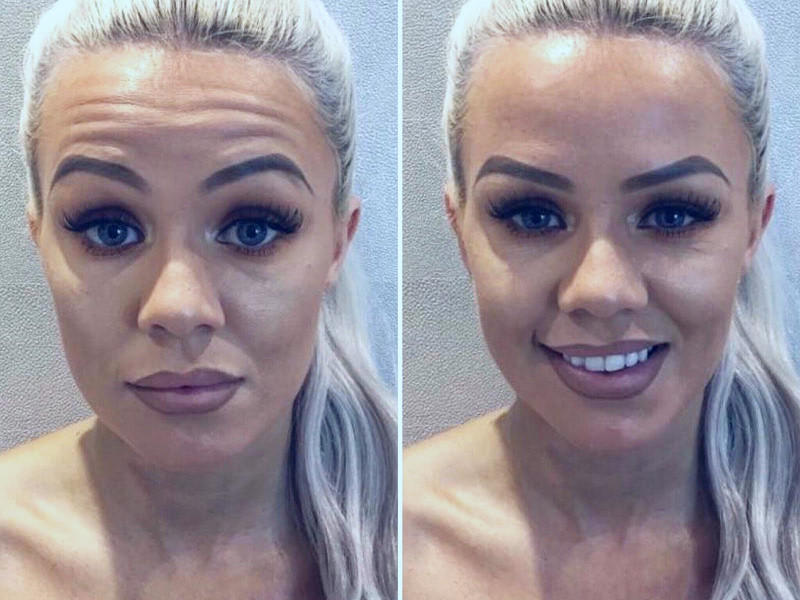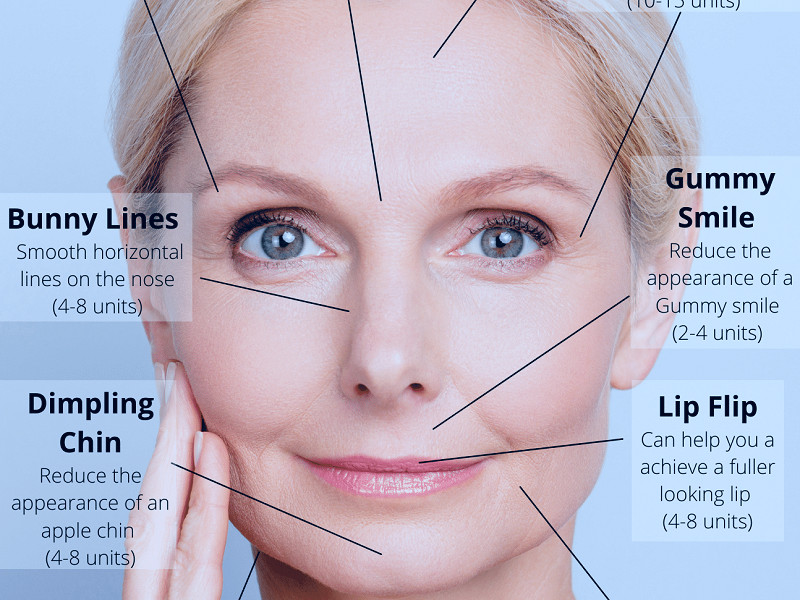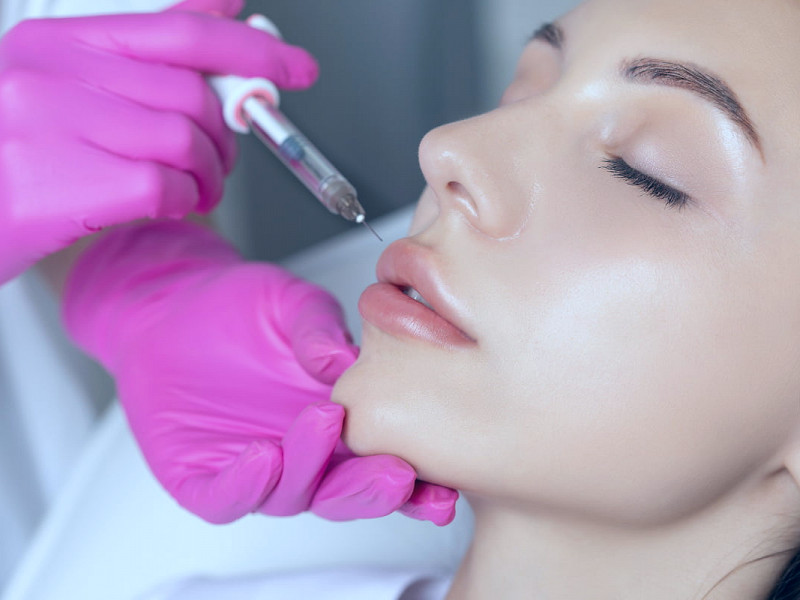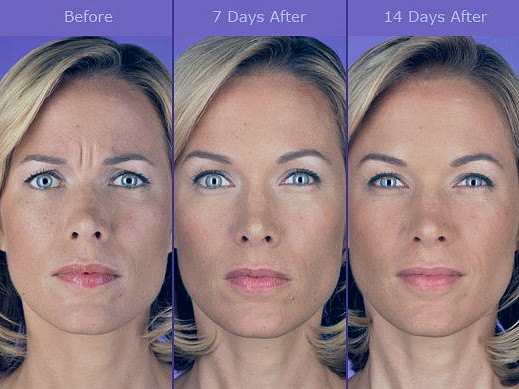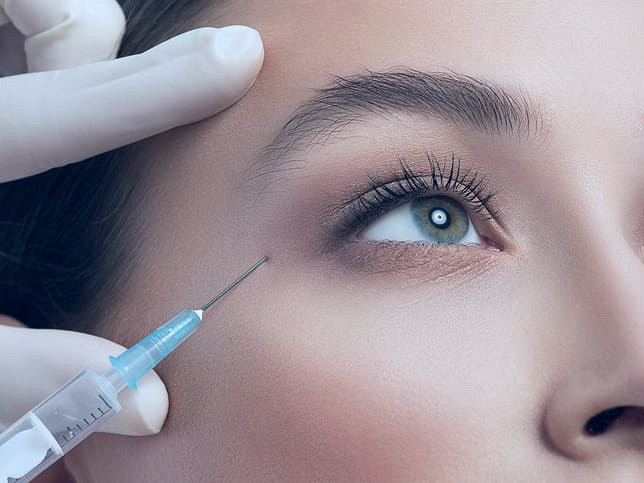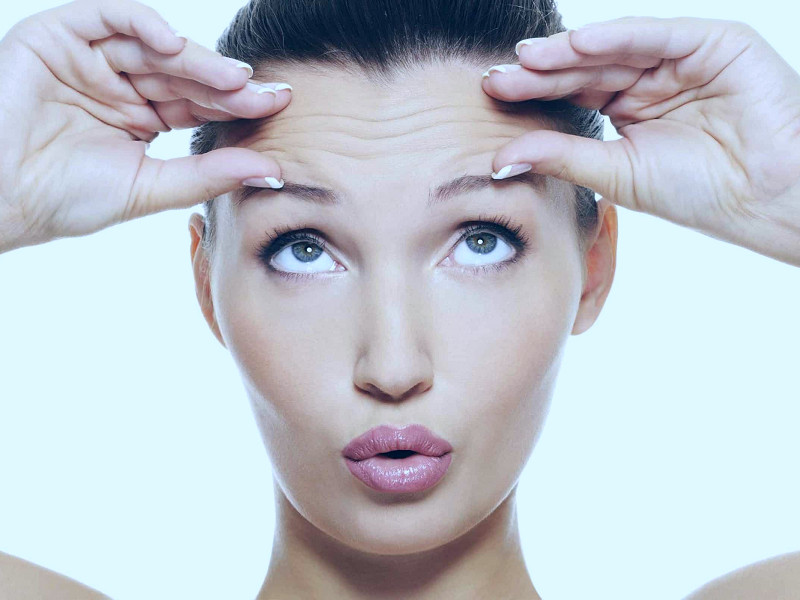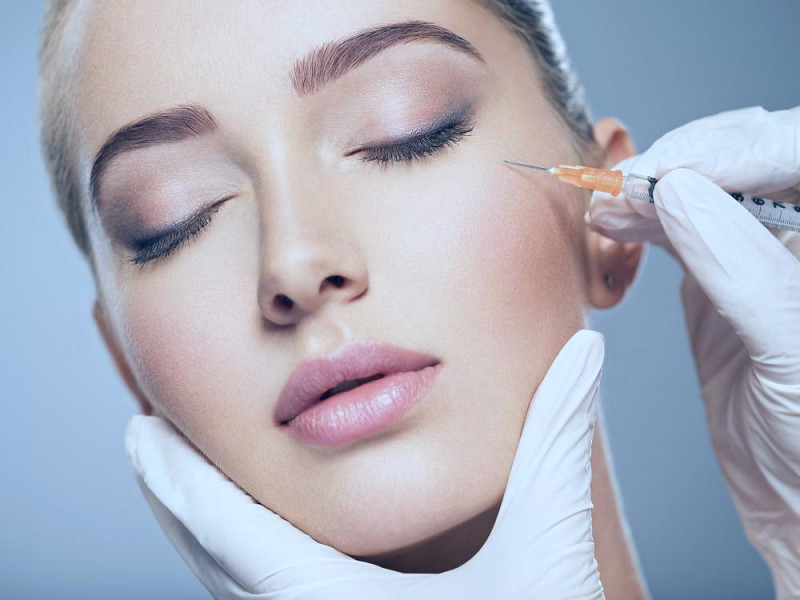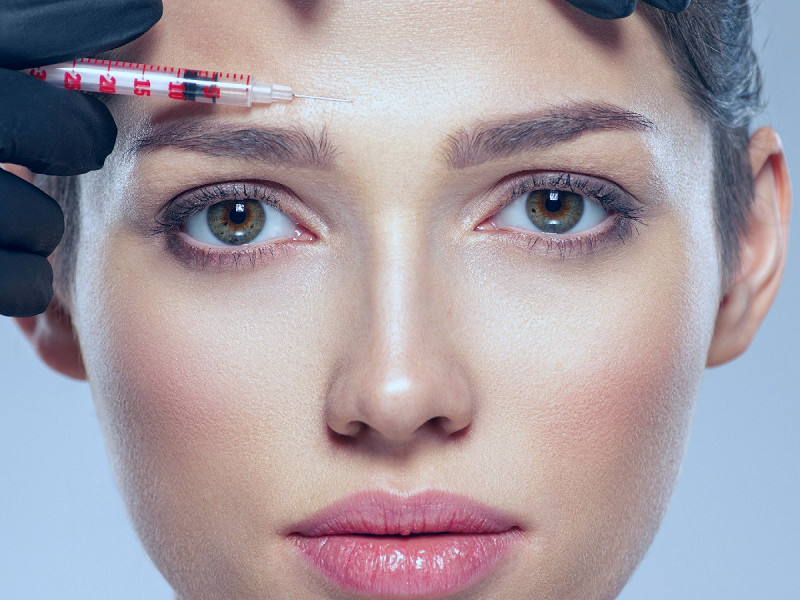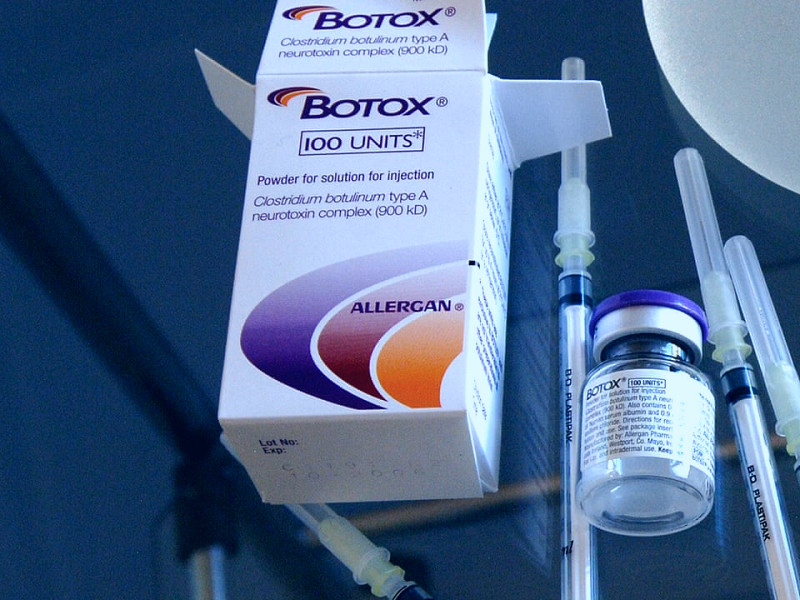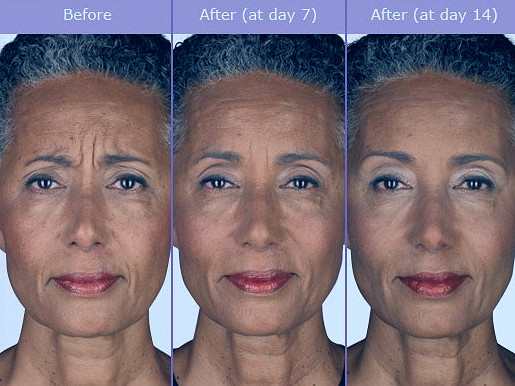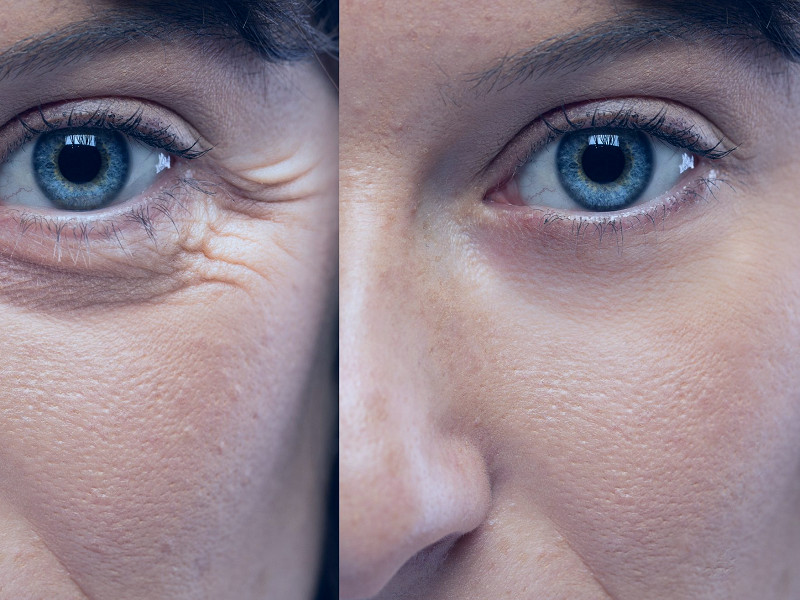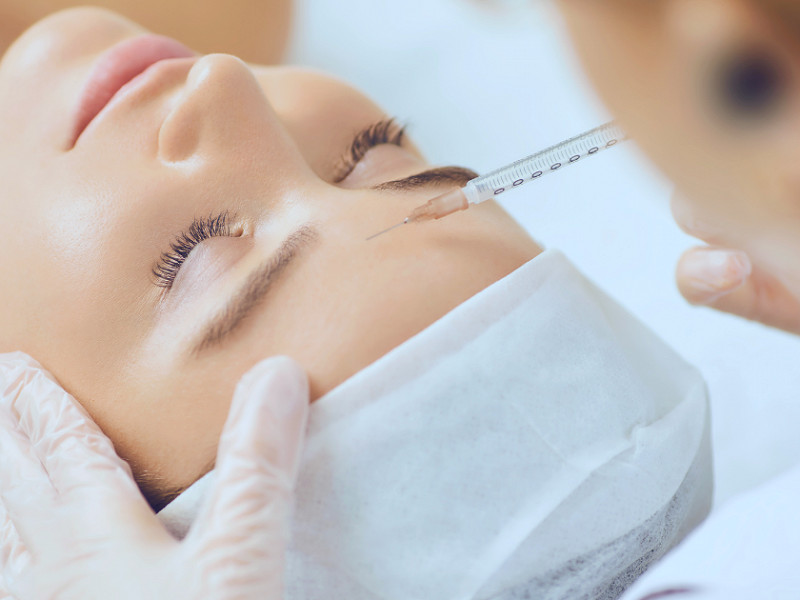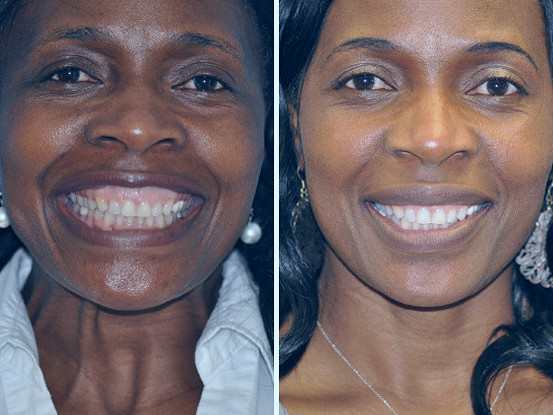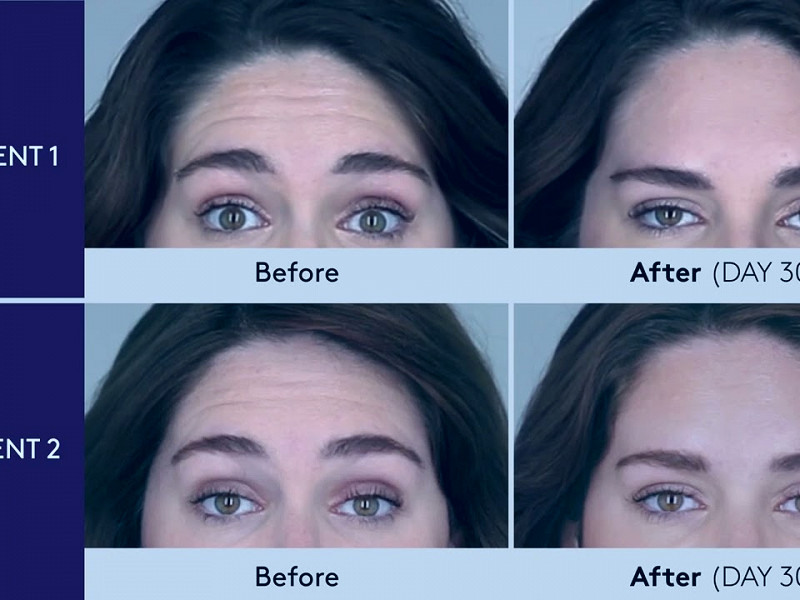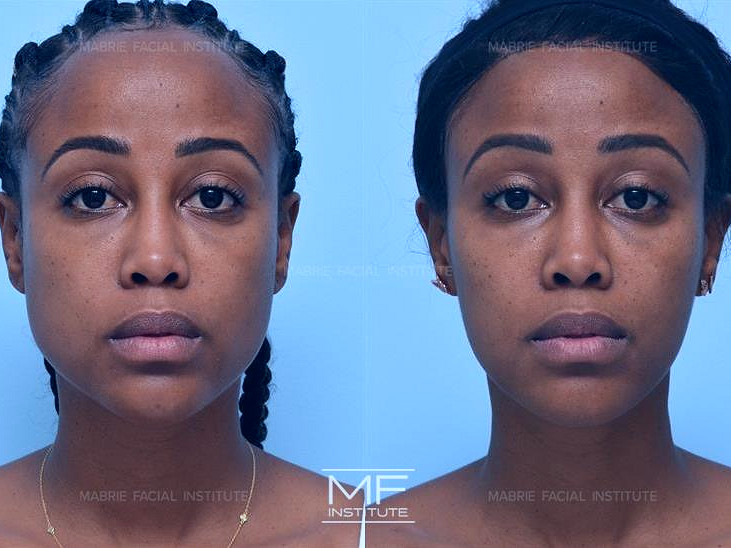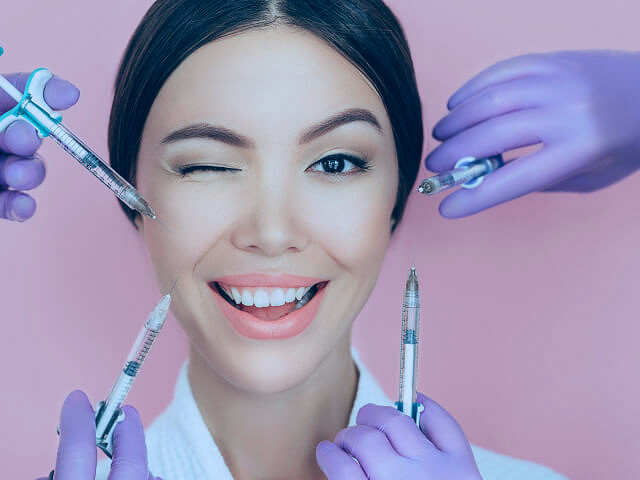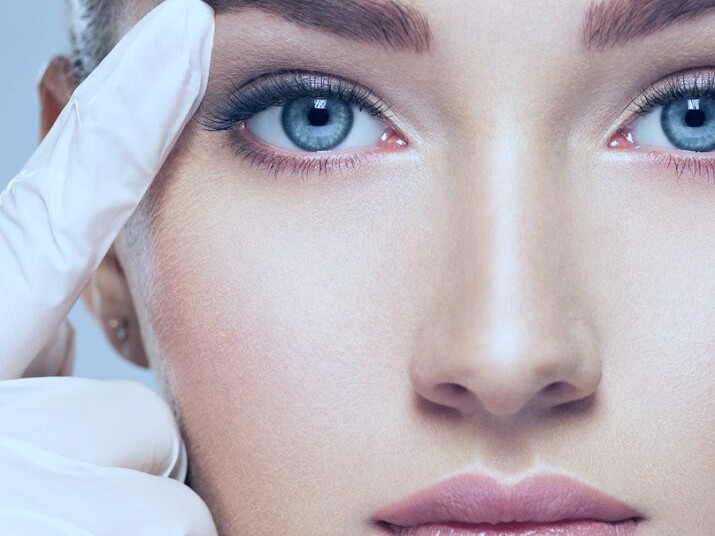
Unveiling the Miracles of Botox: A Comprehensive Guide
Botox is a popular non-surgical cosmetic treatment used to reduce facial wrinkles and fine lines. It works by blocking nerve signals to the muscles, causing them to relax and smoothing out the skin above. Botox is commonly used on forehead lines, crow's feet, and frown lines for a youthful and rejuvenated appearance. It's a quick, safe, and temporary solution for aging skin.
Introduction to Botox
Botox or Botulinum toxin is a neurotoxic protein produced by the bacterium Clostridium botulinum. It's primarily used in the cosmetic industry for the treatment of wrinkles, but it also has significant therapeutic use for a variety of medical conditions, including migraines, excessive sweating, and muscle disorders. Read more
Botox as a Cosmetic Procedure
Botox is most widely recognized for its role in cosmetic treatments. It's used to temporarily reduce the appearance of facial wrinkles and fine lines, particularly in the forehead and around the eyes. The procedure involves injecting Botox into specific muscles, causing them to relax and thus smoothing the overlying skin. Read more
Therapeutic Uses of Botox
Beyond its cosmetic applications, Botox is also employed in the treatment of numerous medical conditions. For instance, it's used to treat chronic migraines, reduce excessive sweating (hyperhidrosis), and manage certain muscular disorders. Read more
The Science Behind Botox
Botox works by blocking nerve signals in the muscles where it is injected. When those muscle fibers can't contract, the wrinkles relax and soften. It's important to note that Botox treatments do not permanently alter facial appearance. The effects generally last for about three to four months. Read more

Procedure and Aftercare
Botox injections are typically performed in a doctor's office. The procedure is quick and requires no anesthesia. Post-treatment, patients should avoid rubbing or massaging the treated areas for 24 hours. This helps prevent the Botox from spreading to other muscles. Read more
Side Effects of Botox
Like any medical procedure, Botox may have side effects. Minor side effects include pain at the injection site, flu-like symptoms, headache, upset stomach, and temporary eyelid droop. More severe, but rare side effects could include difficulty swallowing, speaking, or breathing. Read more
Cost and Accessibility
The cost of Botox treatments varies widely, depending on the number of injections needed, the physician's fees, and the geographic location. It's widely accessible in many countries and is often covered by insurance when used for approved medical treatments. Read more
Choosing a Botox Provider
It's crucial to choose a qualified, experienced provider for Botox injections. Ideally, this should be a board-certified dermatologist or plastic surgeon who is trained in facial anatomy and experienced in administering Botox. Read more

Contraindications
Botox is not recommended for people who are pregnant, breastfeeding, or have a neurological disease. It's also important to disclose any medications, vitamins, or herbs you are taking, as some can interact with Botox. Read more
The Future of Botox
Research is ongoing to discover new uses for Botox. For instance, studies are looking into its potential use in treating depression, premature ejaculation, abnormal heartbeat, and more. As our understanding of this versatile treatment grows, so too do its potential applications. Read more
Read more
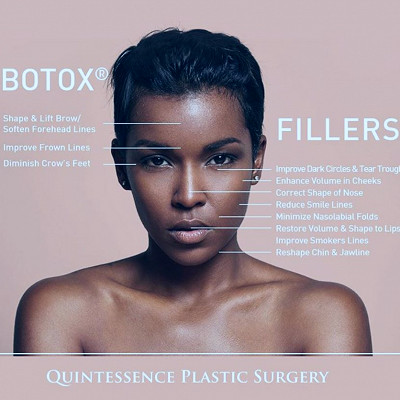 Botox® Austin | Wrinkle Reduction West Lake Hills | Crow's Feet
Botox® Austin | Wrinkle Reduction West Lake Hills | Crow's Feet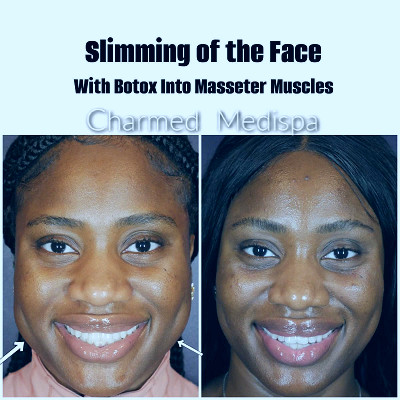 Achieve A Defined Jawline and Relieve Tension and Clenching of Teeth with Masseter Botox in Delaware – Charmed Medispa
Achieve A Defined Jawline and Relieve Tension and Clenching of Teeth with Masseter Botox in Delaware – Charmed Medispa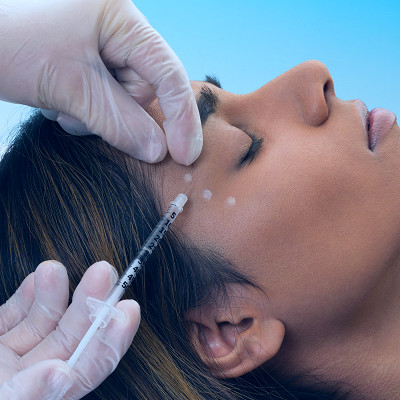 Botox Injections: Side Effects, Risks, & Cost, According to Experts | Allure
Botox Injections: Side Effects, Risks, & Cost, According to Experts | Allure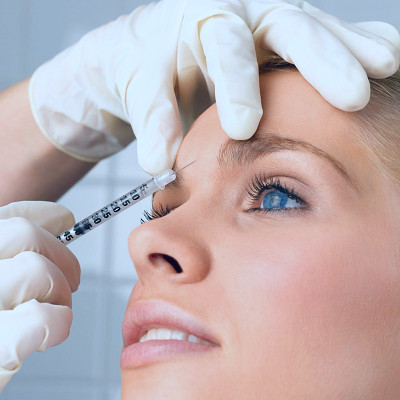 Botox vs. Fillers: Which Injectable Is Right for You?
Botox vs. Fillers: Which Injectable Is Right for You?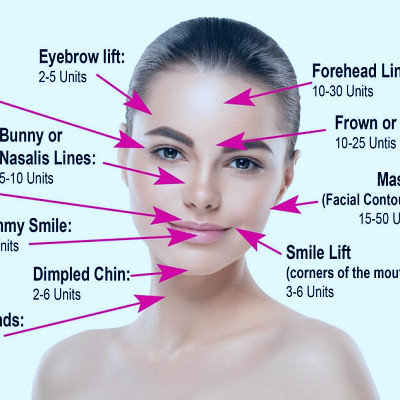 Botox Injection Sites: What Facial Areas Can Be Treated With Botox?
Botox Injection Sites: What Facial Areas Can Be Treated With Botox?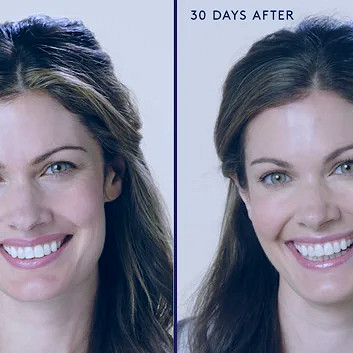 BOTOX® Cosmetic Arlington VA | Facial Wrinkles NoVA, DC | Fight Aging
BOTOX® Cosmetic Arlington VA | Facial Wrinkles NoVA, DC | Fight Aging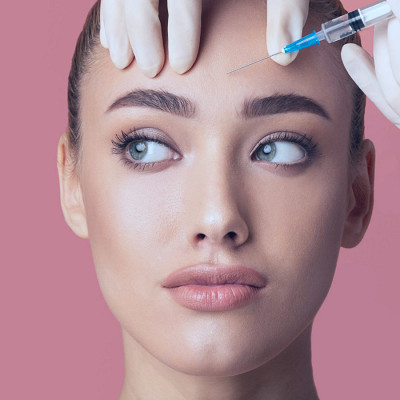 Before & After | BOTOX® Cosmetic
Before & After | BOTOX® Cosmetic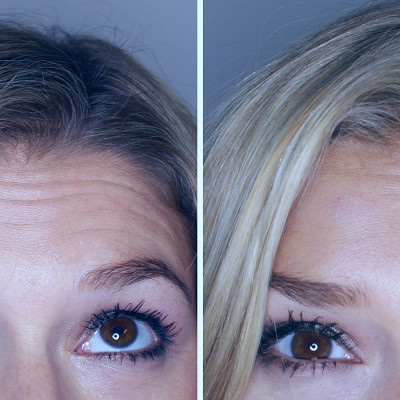 Botox & Botulism | Botox Safety | Derma Health Institute
Botox & Botulism | Botox Safety | Derma Health Institute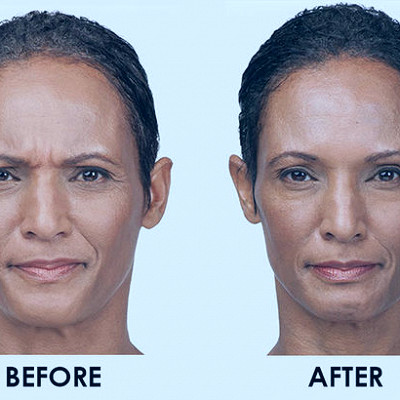 Anti-Wrinkle Injections Review - 9 things I learnt
Anti-Wrinkle Injections Review - 9 things I learnt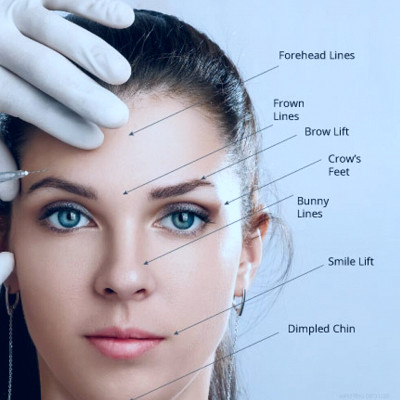 Botox: Anti-Aging Artistry In Stamford CT
Botox: Anti-Aging Artistry In Stamford CT Botox For Younger Skin - Clinique Dallas
Botox For Younger Skin - Clinique Dallas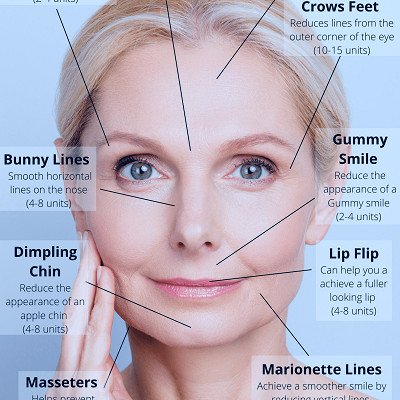 Bring Out Your Beauty With Botox - Doctor Nyla Medispa
Bring Out Your Beauty With Botox - Doctor Nyla Medispa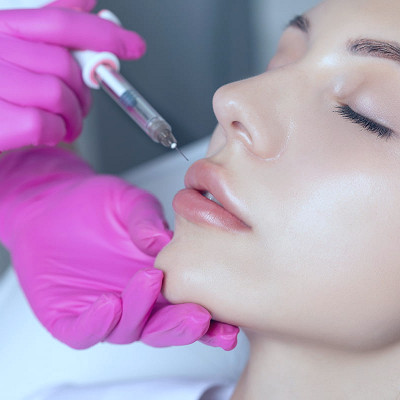 Botox Injections in Salt Lake City | Botulinum Toxin
Botox Injections in Salt Lake City | Botulinum Toxin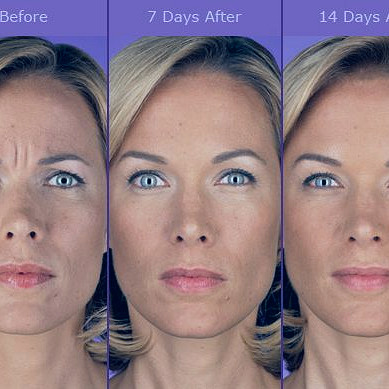 Heard about the BOTOX® lip flip? Here are the pros & cons. - American Board of Facial Cosmetic Surgery
Heard about the BOTOX® lip flip? Here are the pros & cons. - American Board of Facial Cosmetic Surgery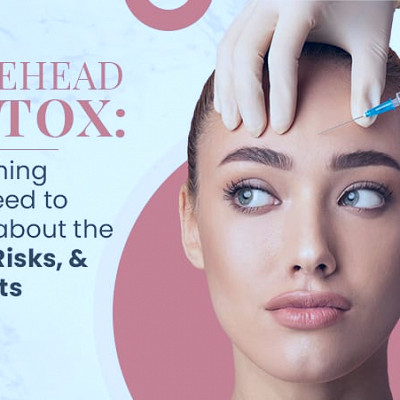 Plastic Surgery BOTOX Arlington | Wrinkle Removal Treatments TX
Plastic Surgery BOTOX Arlington | Wrinkle Removal Treatments TX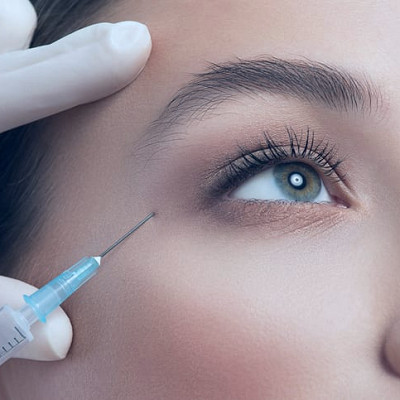 Forehead Botox: Everything You Need to Know about the Cost, Risks, and Benefits
Forehead Botox: Everything You Need to Know about the Cost, Risks, and Benefits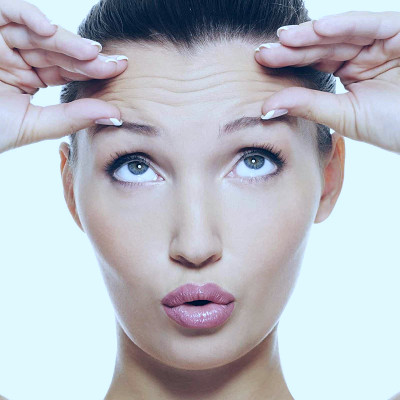 Botox ® Can Improve Your Vision | Florida Eye
Botox ® Can Improve Your Vision | Florida Eye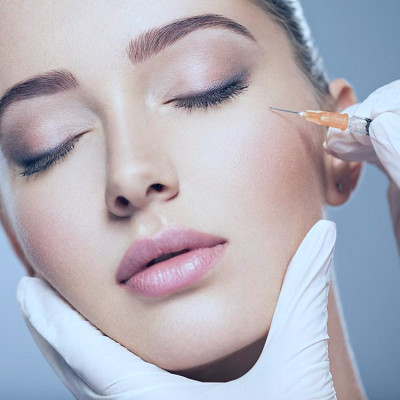 All About Injectable Neurotoxins (Botox, Dysport, Xeomin)
All About Injectable Neurotoxins (Botox, Dysport, Xeomin)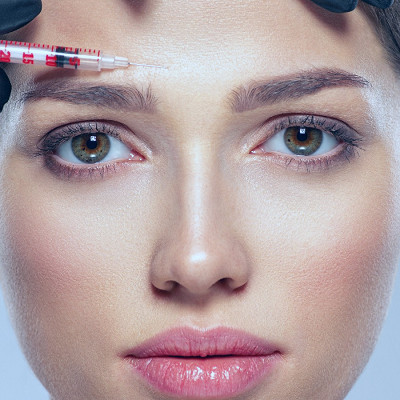 Why Botox Should Be Part of Your Beauty Routine: Marina Medispa: Aesthetics
Why Botox Should Be Part of Your Beauty Routine: Marina Medispa: Aesthetics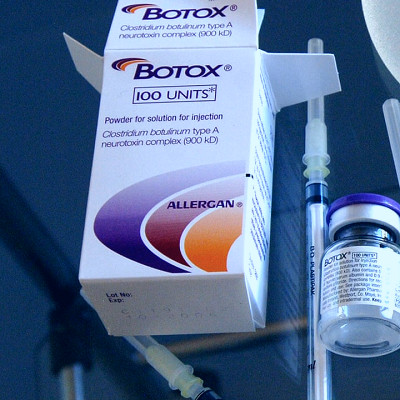 Botox ® Cosmetic Fort Lauderdale, Rejuvenating Wrinkle Reducers Florida
Botox ® Cosmetic Fort Lauderdale, Rejuvenating Wrinkle Reducers Florida 